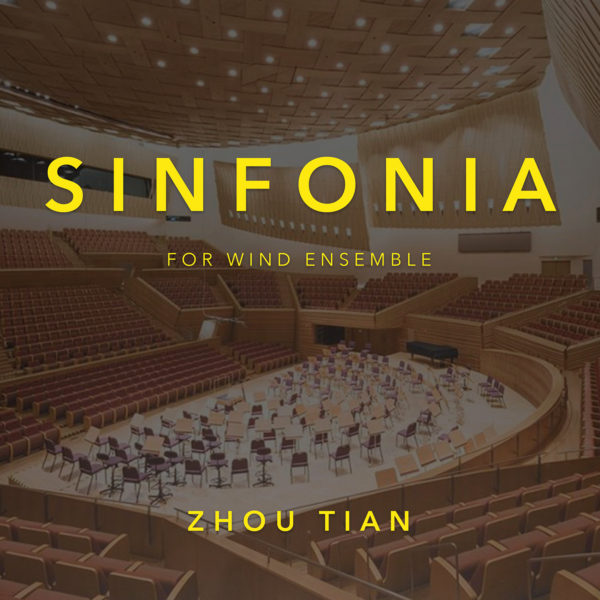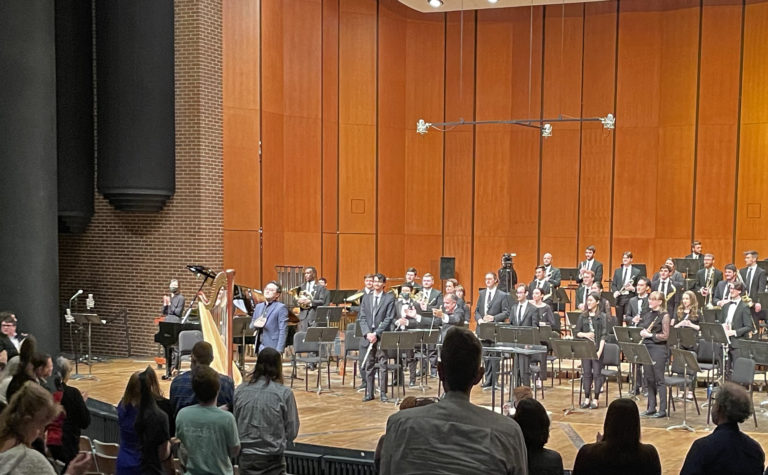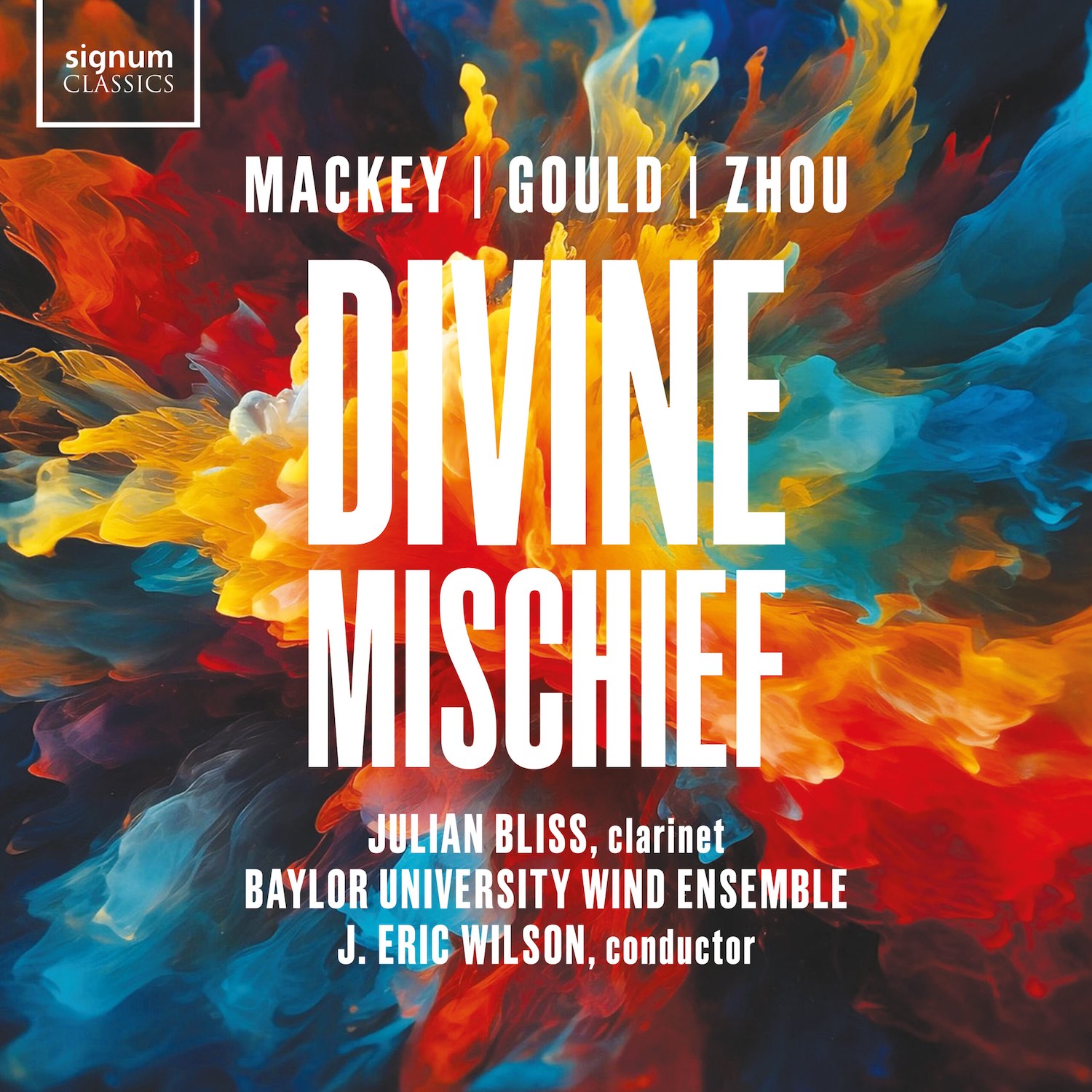
Sinfonia
(2022) | 20 minutes
Jointly commissioned by Michigan State University (Kevin Sedatole), Ball State University (Thomas Caneva), Baylor University (Eric Wilson), University of Colorado Boulder (Donald J. McKinney), Florida State University (Richard Clary), Indiana University (Rodney Dorsey), University of Michigan (Michael Haithcock), Ohio State University (Russel C. Mikkelson), Oklahoma State University (Joseph Missal), University of Texas Austin (Jerry Junkin), Texas Tech University (Sarah McKoin), Purdue University Fort Wayne (Daniel Tembras), and Western Michigan University (Scott Boerma).
LEVEL Grade 5
SCORING piccolo, 2 flutes, 2 oboes, clarinet in Eb, 4 clarinets in Bb, bass clarinet, 2 bassoons, contrabassoon, 2 alto saxophones, tenor saxophone, baritone saxophone, 4 trumpets in Bb, 4 horns in F, 2 trombones, bass trombone, euphonium, tuba, contrabass, piano, harp, timpani, percussion (4 players):
1: marimba (5-octave), xylophone, glockenspiel, vibraphone
2: snare drum, bell tree
3: cymbals (suspended, crash)
4: bass drum, tam-tam
PREMIERE 30 April 2022, Wharton Center for the Performing Arts, East Lansing, Michigan. Michigan State University Wind Symphony conducted by Kevin Sedatole.
WINNER Sousa-ABA-Ostwald Composition Contest (2022)
Watch
I. Noir (0:07) II. Transit (4:36) III. Arioso (8:43) IV. D-O-N-E (14:58)
Programme Note
Sinfonia seeks inspirations from cultures close to my heart and mixes them into four different movements. It begins nostalgically and ends on a hopeful, uplifting note.
I. Noir
Grainy films and stylized black-and-white images from the 1940s and ’50s inspired this nostalgic throwback. Although it starts brightly, at its core lies the night.
II. Transit
New York City. Subway. Rush hour. Each stop opens to a new soundscape. “Say, did I hear Jazz?” Someone asks. “STAND CLEAR OF THE CLOSING DOORS, PLEASE,” New York replies.
III. Arioso
Shanghai. Night of the Mid-Autumn Festival. A vocalise was conceived.
IV. D-O-N-E
May 10, 1869. Promontory, Utah. A one-word telegraph was sent across the United States in Morse code, announcing the completion of the First Transcontinental Railroad. Now the country was connected as never before: a journey between San Francisco and New York that previously took up to six months now took only days. Some 150 years later, that word, “D-O-N-E,” is transformed here into music using the rhythm of the Morse code. Throughout the finale, the “done” motif is passed back and forth by numerous instruments in the ensemble. An accumulation of materials sends the piece to a climax at the end. This movement was adapted from a movement of my orchestral work Transcend.

“D-O-N-E” motif, based on the Morse code for the word
Sinfonia was jointly commissioned by a CBDNA consortium consisting of the Michigan State University (Kevin Sedatole), Ball State University (Thomas E. Caneva), Baylor University (Eric Wilson), University of Colorado Boulder (Donald J. McKinney), Florida State University (Richard Clary), Indiana University (Rodney Dorsey), University of Michigan (Michael Haithcock), Ohio State University (Russel C. Mikkelson), Oklahoma State University (Joseph Missal), Purdue University Fort Wayne (Daniel Tembras), University of Texas Austin (Jerry Junkin), Texas Tech University (Sarah McKoin), and Western Michigan University (Scott Boerma). My deepest gratitude goes to Kevin Sedatole, who initiated this project, and to all the commissioning partners. I had a blast writing this work!
©Zhou Tian
Sinfonia was selected as the 2022 Sousa-ABA-Ostwald Award winning composition.
Recording
Apple Music | YouTube Music | Amazon | Spotify
Baylor University Wind Ensemble conducted by Eric Wilson (Signum Records)
Photos

